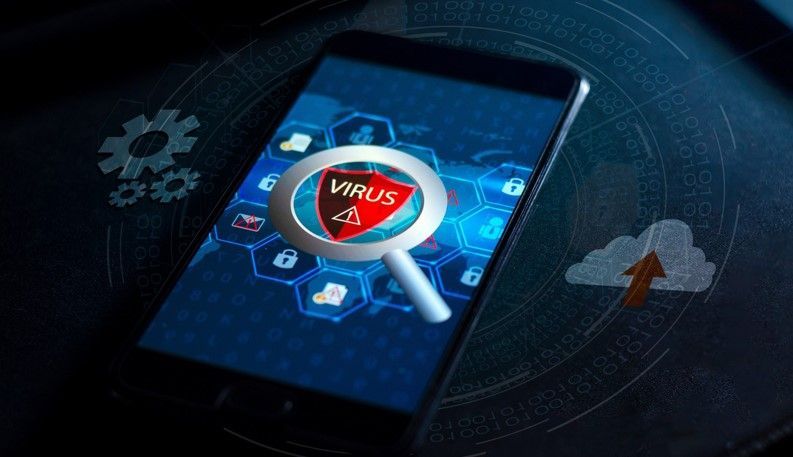END OF AN ERA
It's Time to Say Good Bye to Windows 10
Windows 10, released by Microsoft on July 29, 2015, has been a cornerstone of modern computing, providing users with a familiar interface and robust features. Its implementation marked a significant advancement in the Windows operating system, incorporating a blend of the best elements from Windows 7 and Windows 8. The adoption of Windows 10 was particularly vital for Corporate America, offering enhanced security features, improved performance, and increased productivity.
One groundbreaking feature of Windows 10 was that it was positioned as a service rather than a standalone product, with Microsoft introducing regular updates and improvements to keep the operating system current and secure. The release also marked a shift towards a ‘seamless system’ for Microsoft, with a focus on multiple device compatibility and paved the way for cloud integration.

Sadly, it is time to say goodbye. On October 10th, 2025 support for Windows 10 will cease to exist. Formulating a plan for upgrades with your CTO should be on everyone’s New Year’s resolutions list. Start by conducting an inventory analysis to identify which machines will need the upgrade. Prioritize the machines that are at immediate risk due to outdated security or age. Some machines may not be compatible with the requirements of Windows 11 and could require replacement. Create a transition plan that outlines a timeline, budget and resources.
Windows 10 certainly revolutionized the corporate computing landscape. As technology evolves and cyber threats become more sophisticated, the importance of upgrading from Windows 10 cannot be overstated. To ensure the security and efficiency of your company's systems, a strategic upgrade plan is essential.
Uncomplicate IT News Blog





